
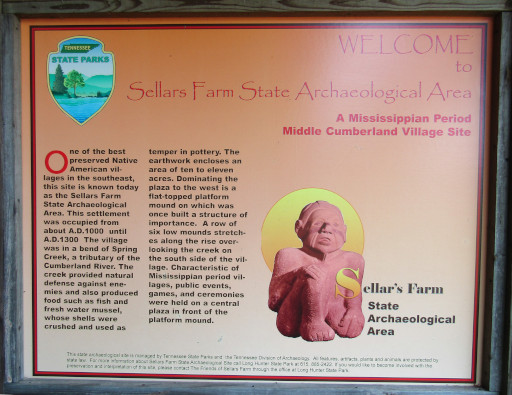
Sellars Farm is a Mississippian Period town site near Lebanon, Tennessee. It's a state archaeological area managed by Long Hunter State Park. It's open from 8:00 am to sunset every day.
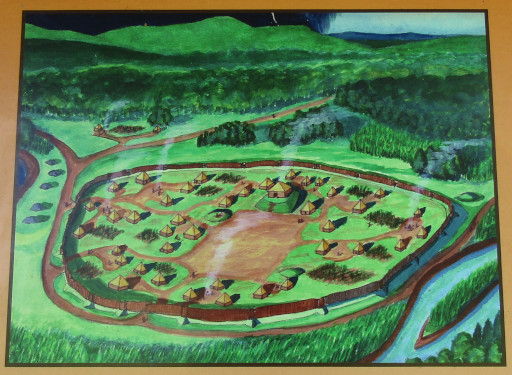
The town was occupied from around the years 1000 to 1300. It covered about 10 acres enclosed by a wooden palisade. More than 100 houses, built with upright wooden logs and covered with clay plaster and thatched roofs, were constructed around a central plaza where ceremonies, games, and other events were held. A large earthen platform mound was built on the west end of the plaza. A large building sat on top of the platform mound, possibly a civic and/or religious building for the town.
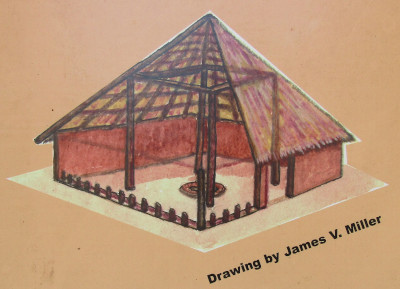
An earthen mound containing 61 Native human burials once stood on the southwest corner of the plaza. In 1877 Frederic Putnam of Harvard University's Peabody Museum excavated Sellars Farm, then known as the Lindsley Estate site. He removed all the burials and their associated burial offerings from the mound and took them to the museum. He also excavated the platform mound, which still bears the scars of that work.
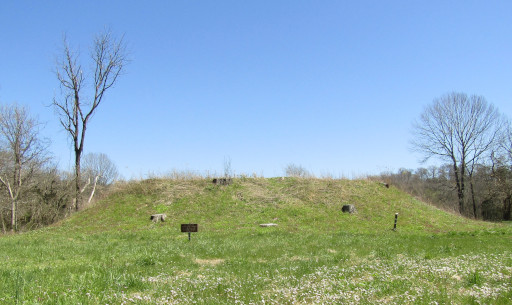
Between 1922 and 1939, tenant farmers found 4 stone statues, shown in the photo below, at the Sellars Farm site. The photo is from a 2015-2016 exhibit at the Tennessee State Museum called "Ancestors: Ancient Native American Sculptures of Tennessee" that brought the statues together for the first time in many years. The two figures on the left are a male and female "ancestral pair". They may represent the original elders of the community and might have been kept in sacred shrines. The male of the pair, featured on the Sellars Farm "Welcome" logo, is the official Tennessee State Artifact and has been displayed in many local, national, and international exhibits and also appears on a U.S. postage stamp. He is part of the McClung Museum collection in Knoxville, Tennessee where he's displayed in the "Archaeology and the Native Peoples of Tennessee" permanent exhibit. The Sellars Farm statues are no longer on display at the Tennessee State Museum, but you can see our "Ancestors" Facebook album for more photos from that exhibition.
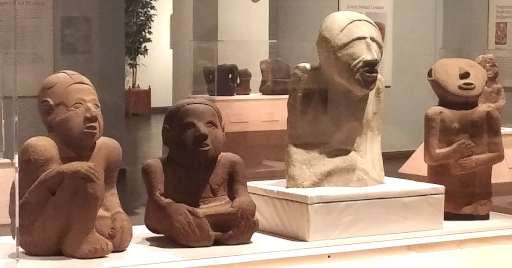
Sellars Farm is open to the public for self-guided walking tours, and park rangers from Long Hunter occasionally give guided tours. The walking distance on the trail is approximately 1.4 miles over fairly level ground. Most of the length of the trail is under trees or has intermittent shade. About .5 miles is completely exposed to the sun during warm months when the trees are filled out; that exposure would increase a bit in the late fall and winter after the trees lose their leaves. Clean portable restrooms are located near the beginning of the trail.
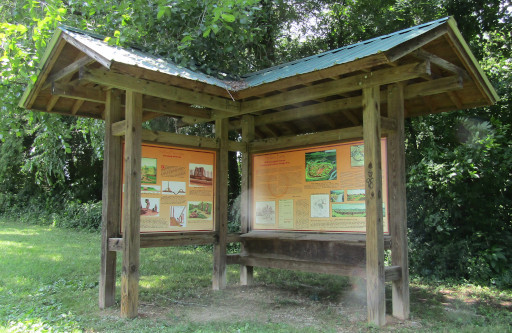
An ininterpretive kiosk, designed by Dan Webber, at the entrance to Sellars Farm gives an excellent illustrated overview of the Mississippian Culture Period and the Sellars Farm site. Tour brochures are available at the kiosk that include a map and guide to the site, with numbered points corresponding to markers along the trail that explain the site's features.
Visitors interested mainly in hiking or experiencing nature should enjoy the walking trail. The trail is kept mowed down, but the rest of the area is left natural. In the spring and summer the ancient man-made earthworks are hard to see under the heavy foliage, but the platform mound and the plants and flowers are in full view.
Directions: Sellars Farm is located on Poplar Hill Road in Lebanon, Tennessee. From Interstate 40 take exit 239, head east towards Watertown. Go approximately 1.8 miles, turn left on Poplar Hill Road, go about 0.4 miles, entrance will be on the left.
Sellars Farm - Tennessee History For Kids
Books: (The Native History Association is an Amazon Associate. If you buy using one of our Amazon Book links, we get a small percentage of the sale, and we appreciate that support.)
